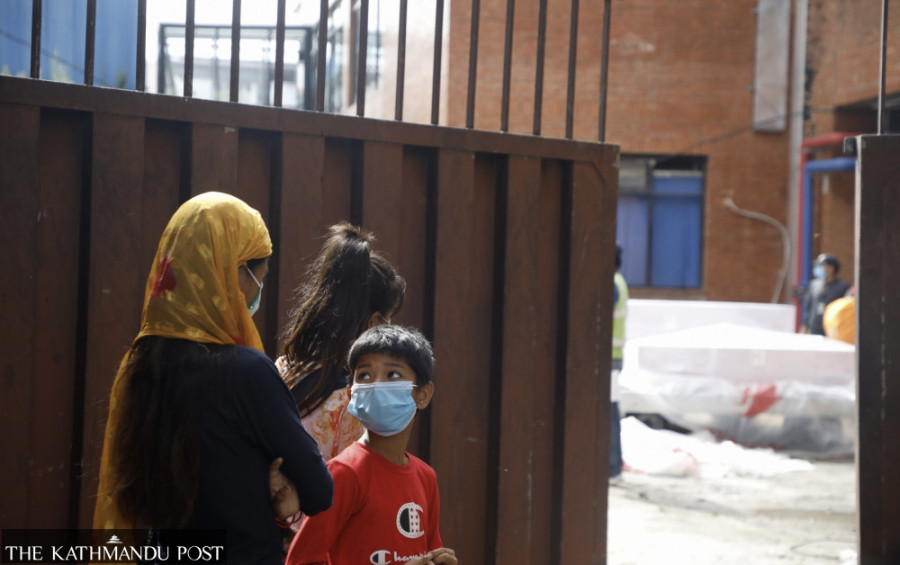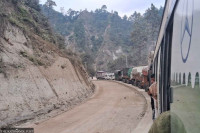Editorial
Coffin economy
How do we account for the human cost of foreign labour that keeps the Nepali economy afloat?
When over a thousand Nepali labour migrants leave Tribhuvan International Airport each day, their dream is to return home after a gap of a few years to the warm hugs and happy tears of their family members. But that dream does not materialise for an average of three such Nepalis each day as they return home in coffins. That remains the sorry state of Nepal’s foreign labour migrancy with no end in sight as the government does little to bring a structural change to resolve the problem.
It was yet another iteration of the tragic story when, on Saturday, a wide-body aircraft of Nepal Airlines airlifted 24 dead bodies and the mortal remains of three persons from Malaysia. Ten dead bodies still languish in the Southeast Asian country awaiting repatriation. Malaysia records the highest number of deaths of Nepalis among labour destination countries each year. In the last fiscal year alone, 281 Nepalis died in Malaysia, with the tally reaching almost 3,000 in the past decade itself. The situation is so dire that the government sends an aircraft to Malaysia to bring back dead bodies at regular intervals.
But Malaysia is not the only foreign labour destination that attracts desperate Nepalis like a lamp attracts moths only to send some of them back packed in coffins. As the Post reported earlier, hundreds of young, healthy Nepalis die each year in labour destinations, with the causes of their deaths often remaining unexplained. But there are others who die of known causes, ranging from workplace hazard to suicide.
From South Korea to Saudi Arabia, the list of countries sending Nepali youths dead, amputated and diseased is pretty long. According to the Foreign Employment Board, almost 7,500 Nepalis have died while working abroad as migrant workers in the past 11 years. The number could be an understatement, as it enumerates only the deaths against which compensation has been paid to families, leaving out the deaths of undocumented workers, among others.
From mercenaries to migrant labourers, Nepal has been sending its youths to dangerous places and jobs for too long. We now need vision and action to change that and keep the youth within the country and harness their potential to contribute to economic growth. The Covid-19 pandemic had given an important opportunity to think in that direction, as hundreds of thousands of Nepalis returned home from India and thousands were repatriated from labour destinations in the Gulf and Southeast Asia. But the government did close to nothing to make it a reality, although it did not fail to promise big during the budget speech about generating employment at home for the returnees.
The serpentine queues of young and desperate labour migrant youths waiting outside the Sukraraj Tropical & Infectious Disease Hospital to get certificates of vaccination against Covid-19 for foreign travel this past week is testimony to the failure of successive governments to fulfil their promises. That should wake us up enough to ponder whether we can go on depending on an economic model that sustains itself in exchange for dead bodies of our young workforce.




 5.46°C Kathmandu
5.46°C Kathmandu














